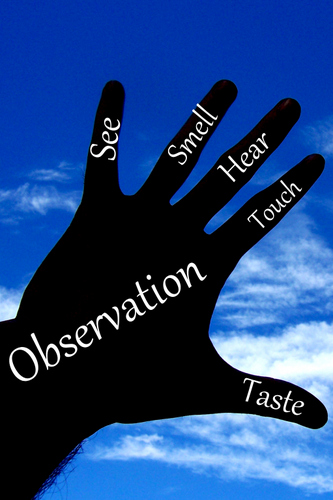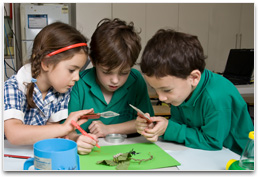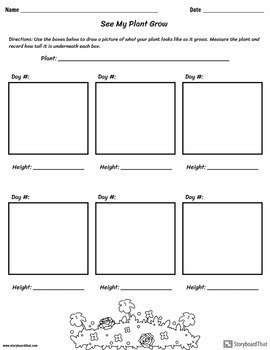

#SCIENTIFIC OBSERVATION HOW TO#
If necessary, show students how to mark off a bounded area. Have students go to the research area and complete the plot study. Make sure each group has a length of rope or hula hoop, a clipboard, and copies of Plot Study Datasheet.Ħ. Divide the class into small groups and distribute additional materials. Have students label rows in the first column of the datasheet with the characteristics they have determined to be important.ĥ. Distribute the worksheet and brainstorm.ĭistribute the worksheet Plot Study Datasheet and ask the class to brainstorm the characteristics they think are important to observe and record for each organism observed for example, size, color, and markings.

different factors-such as location, time, tools, knowledge, or perception-impact human observationģ.there are different ways to record data, including written descriptions, photographs, and sketches.Review best practices for scientific observation and recording for example, remind students:

As a class, discuss differences in powers of observation among species differences between scientific and casual observations factors that impact human observations and techniques scientists use to record observations.Įxplain to students that they will conduct a plot study to observe and record the presence of all living organisms-plant and animal-in their selected area. Use the Powerpoint presentation to introduce students to the importance of observations-both in daily life and in scientific research. Show students the presentation Making and Recording Observations.


 0 kommentar(er)
0 kommentar(er)
